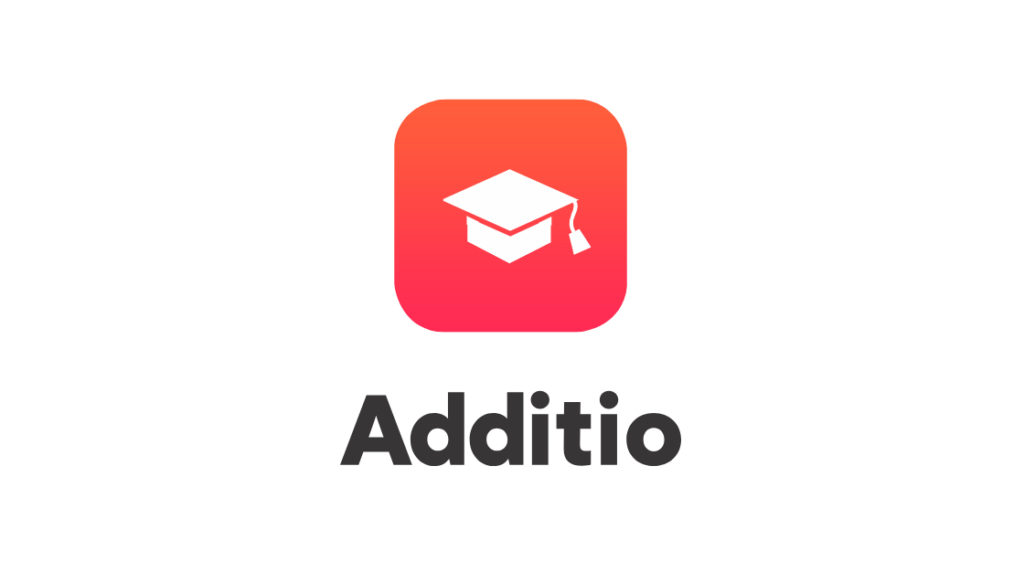When the school year comes to an end, it’s time to reflect on how things have gone. We close our books, store away projects, and begin preparing for the next year. But do we really stop to think about how we’ve done as teachers throughout the year? Teacher self-assessment is a powerful tool for professional growth and for improving our students’ learning experience.
In this post, we’ll share some key tips for conducting a meaningful self-assessment, with practical suggestions you can start applying right away. There’s always room for growth and self-reflection—and we’re here to support you in that process.
If you’re looking to keep growing as a teacher, we also recommend these posts:
- How to Boost Receptive Learning in Class
- How to Create Assessment Reports to Enhance Learning
- Students with High Abilities: Common Mistakes (and How to Avoid Them)
Why is it important to do a teacher self-assessment at the end of the year?
Teacher self-assessment is a great way to pause and reflect on how our teaching has gone throughout the year. This reflection helps us improve year after year, identifying what didn’t work or what could work better.
Here are some of the main benefits of teacher self-assessment, along with practical examples:
- It encourages continuous improvement. Reflecting helps us identify what worked and what didn’t so we can adjust our practice.
For example: You realize that your gamified activities really motivated your students, but that oral debates didn’t go as expected. You make a note to strengthen oral expression techniques next year and use gamification tools to keep students engaged.
- It supports professional development. It helps us make more informed decisions about training based on our real needs.
For example: You’ve felt unsure about how to assess by competencies, so you decide to take a course on this topic or ask a more experienced colleague for support.
- It identifies strengths and areas for improvement. Being self-critical can be hard, but writing things down helps clarify both your strengths and weaknesses. This allows you to build on what works and seek out resources for what doesn’t.
For example: You realize you maintained a positive classroom atmosphere even with unmotivated groups, but didn’t find enough time to give personalized attention to a student with hearing impairment. Next year, you decide to set aside more time for individual support.
- It improves planning for the next school year. Once you know what you want to improve, it’s much easier to set goals for the year ahead.
For example: You found that some content was difficult to explain and hard for students to grasp. So, you decide to use more visual resources next year to support understanding.
- It contributes to more student-centered teaching. Reflecting on what our students need also improves the way we teach.
For example: You notice that many students performed better when they were allowed to choose the topic for a project. This motivates you to offer more personalized options in the coming year.
Steps for a successful teacher self-assessment
Below are some practical steps you can follow to carry out an effective self-assessment. Many of them can be easily done with Additio App, making the most of the data and evidence you’ve gathered throughout the school year. Let’s take a look!
1. Review your evidence
Think about everything you’ve documented throughout the year: completed projects, classroom activities, student outcomes…
With Additio App, you can access grades, observations, rubrics, and reports that you’ve recorded for your students. All of this will give you a realistic and comprehensive picture of your teaching practice.
2. Analyze student skills-based assessment
A powerful indirect way to self-assess is to look at the impact your teaching has had on student learning.
If you’ve used skills-based assessment, you can review your overall results in Additio App—whether by key competencies, specific competencies, or assessment criteria. What patterns emerge? Which areas showed the most difficulty or progress? How could you support your students to improve even more?
3. Ask yourself key questions
Here are some helpful questions to guide your reflection:
- What worked particularly well this year? What didn’t go as planned?
- Which methodology gave me the best results? Which one didn’t?
- What was my relationship with students like?
- Did I manage to maintain a positive classroom environment?
- What would I do differently if I started tomorrow?
- How did I adapt my teaching to different learning paces and styles?
- Did I encourage student autonomy?
- Did I provide useful and understandable feedback?
- What would I like to continue exploring or improve?
- What excites me about next year?
These questions can help you gain a deeper and more global view of your teaching year.
4. Use self-assessment tools
If it helps, you can create a rubric to evaluate your own teaching practice: methodology, classroom management, attention to diversity, use of technology…
With Additio App, you can build your own rubric in just a few clicks. This will help you identify areas for improvement and take action accordingly.
5. Get feedback from others
An external perspective can also support your growth. You can ask different members of the school community for feedback:
- Ask your students for their opinions (create short surveys about your teaching, or use brainstorming to improve classroom dynamics)
- Request feedback from your leadership team or pedagogical coordinator
- Talk to colleagues from the same grade or teaching team
These conversations can offer valuable insights and help you see your practice with fresh eyes.
6. Set goals and improvements for next year
A good self-assessment doesn’t end with reflection—it ends with action.
What would you like to change? What would you like to explore further? What new strategies will you try next year?
Write down your goals for the upcoming school year. If you use Additio App, you can add notes in your teacher planner to revisit these goals regularly. You can even schedule quarterly self-assessment check-ins to stay on track.
Wrap up the school year on a high note
Teacher self-assessment isn’t a boring chore—it’s a powerful tool for growth. You don’t need to spend hours on it; just take a little time for honest reflection, solid evidence, and a desire to improve.
This end of the school year, give yourself that time. The better you know yourself as a teacher, the better you’ll support your students.
Want to stay updated on all things Additio App? Follow us on social media: Facebook, Twitter, Instagram and Youtube.
Remember that with Additio App, you can carry out competence-based assessment, placing students at the center of learning, keeping them informed of their progress and helping them identify areas for improvement and strengths.
Over 150 features are here to support you in improving your teaching and your students’ learning. Sign up and boost your teaching!
See you after the holidays!




